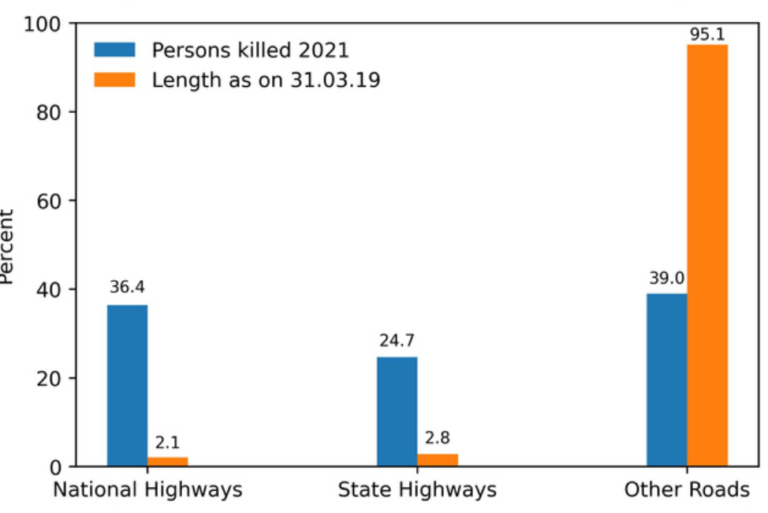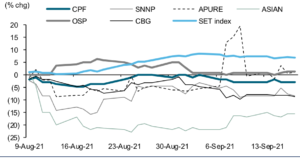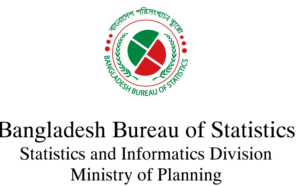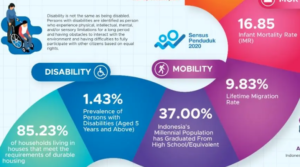The national average fatality rate in India stands at 4.0, with the top 10 states accounting for around 77% of total road accidents in the country. Therefore, there is a significant need to enhance road safety from all four aspects — education, engineering, enforcement and emergency care.
The recent inauguration of the Centre of Advancement of Road Safety (CARTS), aimed at working on Zero Fatality Corridors and Zero Fatality District programmes, is a welcome step by MoRTH for implementing and monitoring road safety projects across India. CARTS has developed a Severity Index for ranking districts based on road crashes, fatalities and crash severity, aimed at a 50% reduction in road crashes in 100 high-priority districts and 100 highway national corridors in the coming five years.
Additionally, the Ministry of Road Transportation and Highways (MoRTH) recently released guidelines focused on incorporating best practices and providing enhanced visibility and intuitive guidance to drivers, aimed at enhancing road safety and ensuring a secure travel experience for drivers nationwide. In order to implement the Road Safety Policy in India effectively, 11 policy statements have been identified that focus on raising awareness, ensuring safer infrastructure, and enforcing safety laws.
The Road Safety in India Report brings out the challenges and opportunities with regards to fortifying road safety in India. The report aims to be a useful reference for our readers on developing a pragmatic approach towards reducing road fatalities in India.










